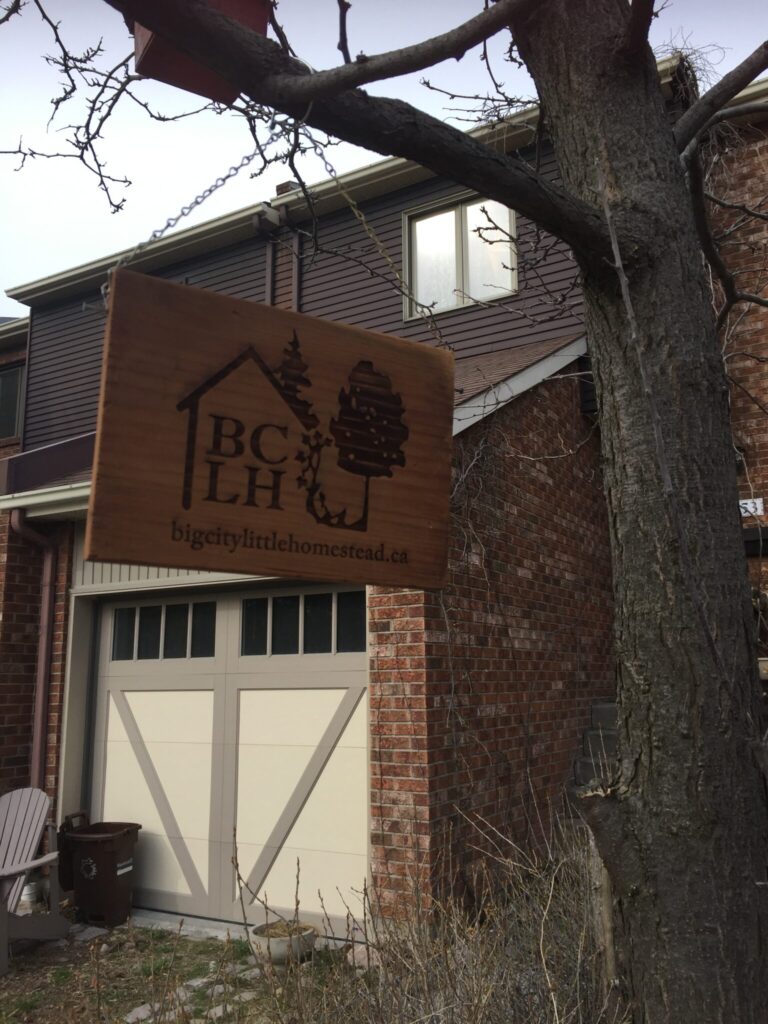Warning ⚠️: this blog post has more exclamation points than I utter during the rest of the entire year. Also, super long.
hygge (huu-geh) for those who were living under a rock when this word took the world by storm: Hygge is a Danish word (as is Jul, for Christmas) that means cozy, fun, and satisfying. Vi hygge os means “we are amusing ourselves together” – except it’s opposite of robot-speech. To say something is meget hyggeligt (mile huu-ge-leet, drop the t if it’s plural) is to say “it’s a lot of fun” or “very cute and cozy.”
When I first started writing this blog, I might not have thought I’d be the one to say this, but I love Christmas. If the featured pic of me-as-Mrs.-Claus isn’t proof enough, please indulge my running mania a bit, before I go on to the apologia and the deco-rama of this post.
I usually go on a streak called “The Twelve Runs of Christmas” – every day from the 13th–24th, or any twelve days. It’s to run the remainder of the annual goal, so that any distance done between Christmas and New Year’s is a bonus (or remedial). Some runners do it by running 1, 2, 3, all the way to 12 kms (78 km in total) in any order that they see fit. This year I will surely do the any-twelve-days-1-2-3… series, because I’ve been super-consistent with my training this year. I don’t have any catching-up to do.
One of those runs is the 10K Santa Hat run, which is a route I saved on Strava. You don’t need to know me to use the map, but you can message me if you do want to join us. Conspicuous Santa running is a way to bring joy to the world!
Another run I go on is for the Christmas Bird Count, which is 8-11 kms along the Canal and through Pointe-St.-Charles. The point is to cover a territory and report all the birds I can see. There are a lot of pigeons, especially around the grain terminal, but sometimes I see a black-backed gull or a pair of ravens, or a woodpecker makes an appearance.

















